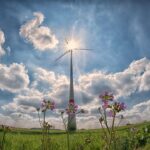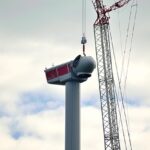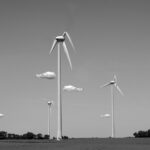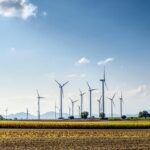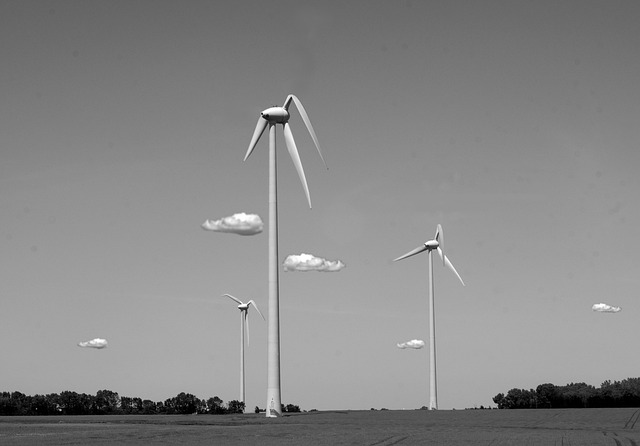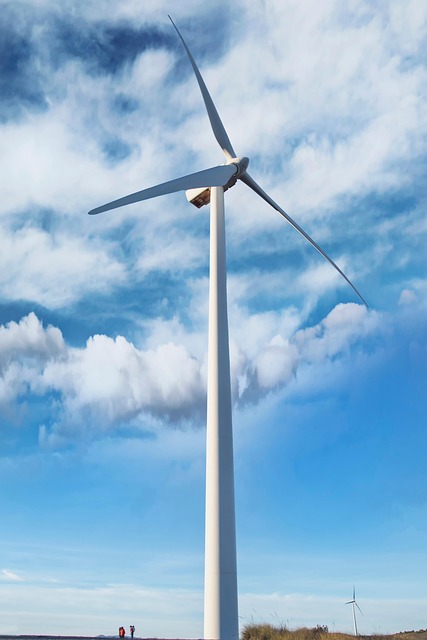The Global Wind Power Landscape: Challenges and Opportunities
The wind power sector has developed rapidly over the past several decades, emerging as a cornerstone for sustainable energy needs across the globe. With environmental issues and the urgency of climate change acting as catalysts, wind energy stands out as a promising solution. This article explores the current global wind power landscape, identifying key challenges while also recognizing the myriad opportunities that lie ahead.
The Current State of Wind Power
As of 2023, wind energy accounts for approximately 10% of the world’s electricity generation, a figure that is steadily rising as countries transition towards cleaner energy sources. Countries like China, the United States, and Germany are leading the way in wind power capacity, with large offshore and onshore wind farms playing a vital role in their energy portfolios.
Technological advancements have played a significant role in enhancing wind power production. Innovations such as larger, more efficient turbines and improved grid integration have led to considerable cost reductions. According to the International Renewable Energy Agency (IRENA), the cost of onshore wind has decreased by nearly 40% since 2010. These developments have made wind energy not only a sustainable choice but also an economically viable one.
The Role of Policy and Regulation
Government policy is crucial in shaping the wind power industry. Incentives, subsidies, taxation, and regulation play significant roles in the deployment of wind energy technologies. Countries with stable and supportive policies tend to see more substantial investments in wind power.
Many nations have set ambitious targets for renewable energy, often establishing frameworks that explicitly include wind energy. For instance, the European Union has aimed for a substantial increase in wind energy capacity by 2030 as part of its Green Deal strategy. Such policies not only drive investments but also encourage technological research and development.
Environmental and Social Considerations
While the benefits of wind power are numerous, it is essential to consider the environmental and social implications. Turbines can impact local wildlife, particularly birds and bats, with collision risks. Additionally, the construction of wind farms can lead to habitat disruption. Balancing energy needs with ecological impact is crucial, necessitating careful planning and site selection.
Moreover, social acceptance plays a critical role in the successful deployment of wind energy projects. Community engagement is necessary to address concerns from local residents and stakeholders. Transparent communication and collaboration can foster a sense of ownership and support for the projects proposed.
Challenges Facing the Wind Power Industry
Despite its remarkable growth, the wind power sector faces several challenges that could hinder its advancement. One of the primary challenges is the intermittent nature of wind energy. Unlike fossil fuels or nuclear options, wind energy is dependent on environmental conditions. This variability can create difficulties in maintaining a stable energy supply, making energy reliability a persistent concern.
To address this issue, advancements in energy storage technology are essential. Battery storage solutions, for example, hold the potential to smooth out wind power fluctuations, making it a more reliable energy source. The integration of diverse renewable energy sources can also contribute to a more resilient and balanced energy system.
Another challenge is the availability and readiness of infrastructure. Integrating large-scale wind energy into existing energy grids often requires substantial upgrades, which come with economic and logistical complexities. Countries may face difficulties in timely grid expansion, or in some cases, transmission bottlenecks could stymie growth potential.
Opportunities for Growth
Despite the challenges, the opportunities for growth in the wind power sector are substantial. One of the most significant areas for expansion lies offshore wind power. Offshore wind farms have the advantage of higher and more consistent wind speeds compared to onshore alternatives. Nations like the UK and Germany have significantly invested in offshore wind, leading to tremendous capacity growth. Global offshore wind capacity is expected to grow to 234 GW by 2030, according to various industry forecasts.
Emerging markets present another substantial opportunity for wind energy. Countries in Southeast Asia, Africa, and Latin America have yet to fully embrace wind power. With advancements in technology and declining costs, these regions could harness wind resources to meet growing energy demands. Investing in wind energy can also spur local economies, create jobs, and stimulate technological innovation.
Technological advancements also promise ongoing opportunities. Innovations in turbine design, such as vertical-axis turbines and floating wind farms, are being explored and developed. Utilizing artificial intelligence for predictive maintenance and operational efficiency can further optimize energy generation. The integration of smart technology into wind farms holds the potential for enhanced performance and reduced operational costs.
The Path Forward
To fully leverage the opportunities while addressing the challenges, a coordinated effort is essential among stakeholders, including governments, the private sector, and local communities. Investing in research and development is critical to refine technologies and enhance the efficiency of wind farms.
Moreover, enhancing grid infrastructure to accommodate increasing amounts of wind power is necessary for future growth. Policymakers need to create frameworks that encourage investment while also focusing on sustainability and community engagement to minimize social and environmental impacts.
Conclusion
The global wind power landscape presents a compelling picture of innovation and potential. While the sector is not without its challenges, the opportunities for growth and expansion are vast. As the world urgently shifts towards sustainable energy sources, wind power will continue to play a pivotal role in shaping a cleaner, more resilient future. By embracing technology, forging meaningful collaborations, and prioritizing ecological balance, the wind power industry can achieve unprecedented milestones in the quest for global energy transformation.
